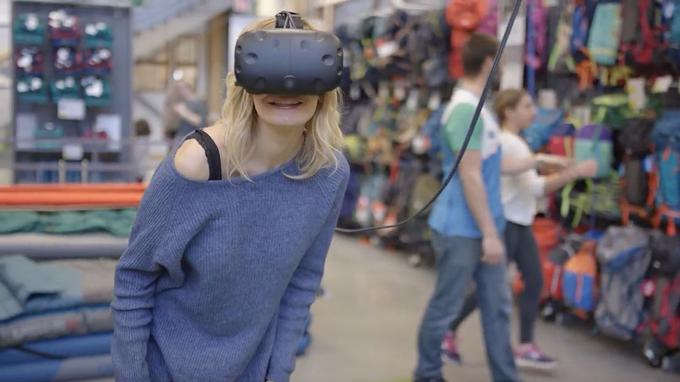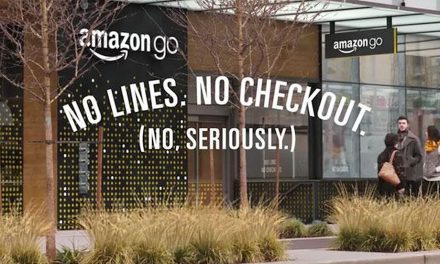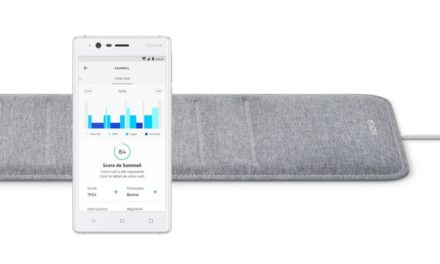New technologies are changing consumers’ needs and habits. Retail in particular is undergoing a major digital transformation: on and off-line, countless innovations are reinventing the relationship between clients and brands, mainly thanks to three technologies: chatbots, which use artificial intelligence and data collection, robots and virtual reality.
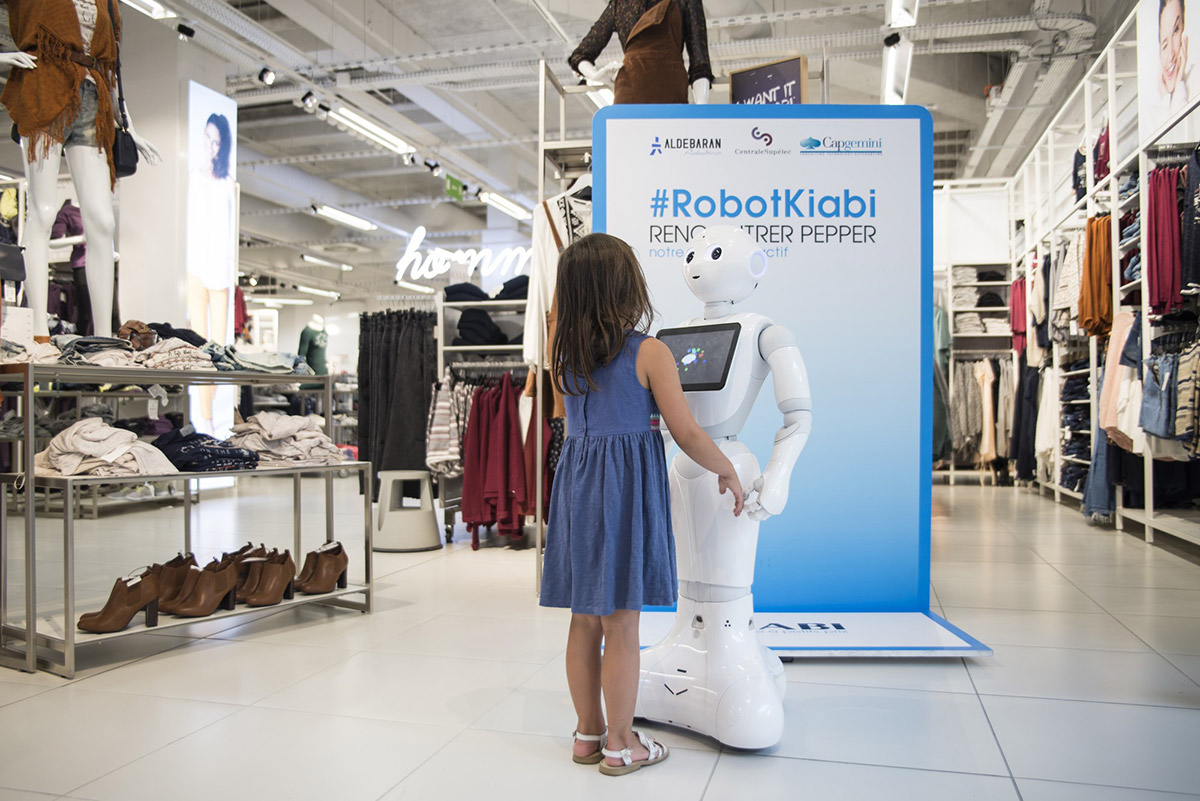
The product offering isn’t the key factor where customer satisfaction is concerned. Retailers are thus using technological innovation to focus on the consumer experience: purchasing can now be influenced by digital tools using artificial intelligence such as chatbots, robots and virtual reality.
1 – AI, bots and big data
To appeal to customers and get them to buy, retailers have to create emotion. Clients want to be able to access information anytime, on any device, pay the way they want, and choose their delivery options. Retailers now have the resources to satisfy consumers’ new demands thanks to data analytics, advances in artificial intelligence and the advent of chatbots.
Collecting and securing data is a major concern: cookies offer retailers valuable insights into web users’ tastes, needs and habits so they can anticipate their needs in real time and interact with individuals. It’s therefore vital for brands to have the requisite data collection and analytics capabilities, for both online and in-store customers.
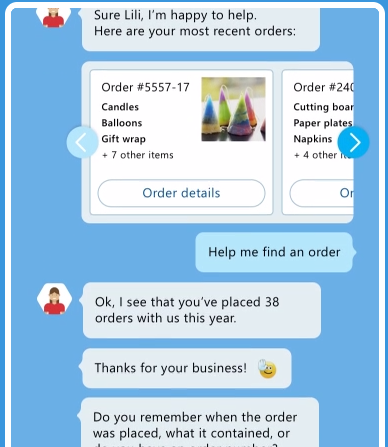
The proliferation of chatbots, or AI conversational interfaces, has opened up new opportunities for engaging with customers. They can understand the user’s language and respond, and thus help them with their purchasing choice and enhancing the brand experience. According to a survey by Transparency Market Research, the global chatbot market will grow at 27.8% CAGR between 2016 and 2024. As Christie Pitts, Manager of Ventures Development at Verizon Ventures, said in an interview in Forbes: “Chatbots represent a new trend in how people access information, make decisions, and communicate.”
2 – Robots to boost sales
Brands are investing in welcome robots to attract clients and guide them around the store. At a branch of French fashion chain Kiabi on the outskirts of Paris, for example, robots talk to customers as they enter the store. Their human-like appearance amuses and appeals to consumers.
But these new sales assistants, who are never off work and always in a good mood, aren’t just used for their entertainment value. They’re also useful for giving and collecting information and making waiting times for pleasant for customers. They can help out sales staff by providing customers with product information, and some can also handle payment.
In-store robots thus improve customer intimacy. As for concerns that they’ll soon replace their human counterparts altogether, there’s little chance of that yet: their capabilities are still somewhat limited – for now, at least.
3- Virtual and augmented reality
With virtual and augmented reality, consumers can either enter a virtual 360° environment or superimpose items into their real-life environment and thus help them with their shopping choice. For example, at French sports goods chain Decathlon, customers can check out Quechua tents via virtual reality. And at Ikea, you can preview sofas in your living room thanks to an augmented reality app. “It’s difficult to put up a 4 – 8 meter family tent in a shop,” explains Nathalie Beugé, Head of Digital for Decathlon, in Le Figaro. The technology thus allows customers to try out a product virtually before making their final decision. According to a survey by L.E.K. Consulting, 70 to 80% of new technology fans are interested in virtual reality as a way of enhancing the shopping experience.
Sources









